World Heritage Day: 7 must-visit sites in India
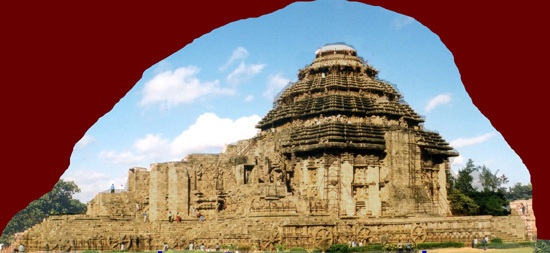
46 Indian sites, including cities, monuments, and archaeological places, are waiting to be inducted into the UNESCO list.
Every year, April 18 is celebrated as the World Heritage Day across the globe to raise awareness about heritage sites and the need to conserve them.
It was on April 18, 1982, that at a symposium organised by the International Council for Monuments and Sites (ICOMOS) in Tunisia, the suggestion to celebrate an “International Day for Monuments and Sites” came up.
The United Nations Educational Scientific and Cultural Organization (UNESCO) approved the idea by passing a resolution at its General Conference held in November 1983.
It was from then that April 18 each year is celebrated as “International Day for Monuments and Sites” or the World Heritage Day.
Presently, as many as 32 cultural and natural sites in India have made it to the World Heritage List. However, 46 Indian sites, including cities, monuments, and archaeological places, are waiting to be inducted into the UNESCO list.
Meanwhile, we present to you seven heritage sites in India that one must visit at least once in his/her lifetime:
1. Mahabodhi Temple

Mahabodhi temple complex Pic: Bihar Tourism
Located in Bodh Gaya, about 96 km from Patna city of Bihar, the Mahabodhi Vihar temple (Great Awakening Temple) is the place where Lord Buddha is said to have attained enlightenment.
The temple attains its name from the presence of a Bodhi (peepal) tree under which Buddha attained Nirvana. A descendant of the Bodhi tree is still there.
The Mahabodhi temple was built by Emperor Ashoka in around 260 BC. It was declared a World Heritage Site by UNESCO in 2002.
2. Humayun Tomb

PDPics / Pixabay
The tomb of the Mughal Emperor Humayun is located at Nizamuddin East in Delhi. It was not only the first garden-tomb in India but also the first structure to make massive scale use of red sandstone.
Built under the directives of Humayun’s son Emperor Akbar in 1569-70, the tomb was designed by Persian architect Mirak Mirza Ghiyas. Humayan’s Tomb became a World Heritage Site in 1993.
3. Red Fort
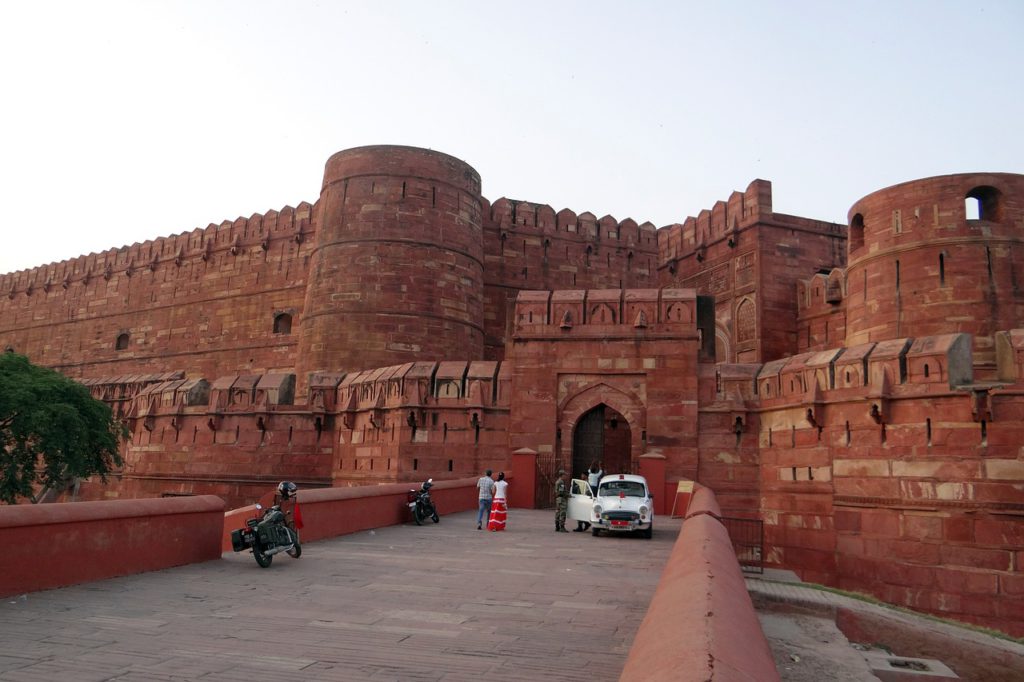
sarangib / Pixabay
The official residence of the Mughal emperors for about 200 years, Red Fort (Lal Qila) is located in the heart of Delhi.
It was built in 1648 by the fifth Mughal Emperor Shah Jahan and was named so after its huge, 33-m high red sandstone walls.
It was named a UNESCO World Heritage Site in 2007.
Every year, on Independence Day (August 15), the Prime Minister of India unfurls the national flag at the main gate of the fort and delivers a speech from there that is broadcast nationally.
4. Khajuraho temples
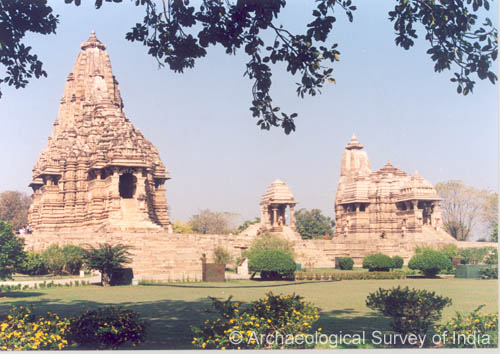 The Khajuraho monuments are a group of Hindu and Jain temples located about 175 km southeast of Jhansi in Madhya Pradesh.
The Khajuraho monuments are a group of Hindu and Jain temples located about 175 km southeast of Jhansi in Madhya Pradesh.
Built between 950 and 1050 CE by the Chandela dynasty, the temples are famous for their architectural symbolism and erotic sculptures.
As per historical records, there were 85 temples built across 20 sq km by 12th Century of which only 20 temples spread across 6 square km could be conserved so far.
5.Taj Mahal
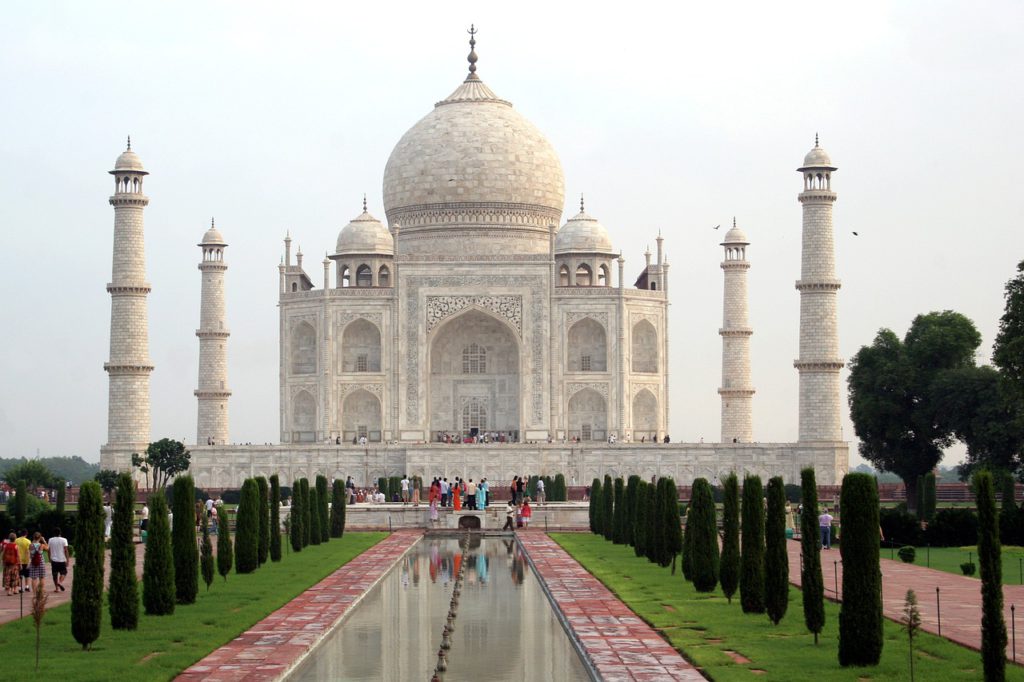
skeeze / Pixabay
One of the Seven Wonders of the World, ivory-white marble mausoleum Taj Mahal built by Mughal emperor,Shah Jahan in memory of his favourite queen Mumtaz Mahal at a cost of 32 million rupees in 1632 still stands proudly on the south bank of the Yamuna river in Agra city of Uttar Pradesh.
Spread across a 42-acre complex with Mumtaz Mahal’s tomb as the epicentre, Taj Mahal also has a mosque, a guest house, and gardens on three sides protected by crenellated walls.
The Taj Mahal was declared a UNESCO World Heritage Site in 1983.
6. Elephanta Caves
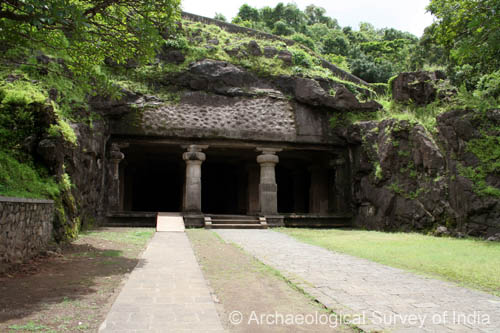 The Elephanta Caves are a network of sculpted caves on Elephanta Island on the Arabian Sea, about 10 km east of Mumbai city in Maharashtra state.
The Elephanta Caves are a network of sculpted caves on Elephanta Island on the Arabian Sea, about 10 km east of Mumbai city in Maharashtra state.
There are five Hindu caves with rock-cut stone sculptures dedicated to Lord Shiva and two Buddhist caves on the island.
Although no one still knows the who were the sculptors, the architecture inside the caves dated back to the 5th and 8th centuries. The site was marked by UNESCO in 1987.
7. Konark Sun Temple
 Built in 1255 AD by king Narasimhadeva I of Eastern Ganga Dynasty, Konark Sun Temple is located at Konark, 65 km from Bhubaneswar in Odisha.
Built in 1255 AD by king Narasimhadeva I of Eastern Ganga Dynasty, Konark Sun Temple is located at Konark, 65 km from Bhubaneswar in Odisha.
Dedicated to the Sun God, the temple complex, built with Khondalite rocks, is shaped as a gigantic chariot with carved stone wheels, pillars and walls.
It is a rare example of the traditional style of Kalinga architecture, where the temple is oriented towards the east in a way that the first rays of the sun falls on the main entrance every day.
Big Wire








































